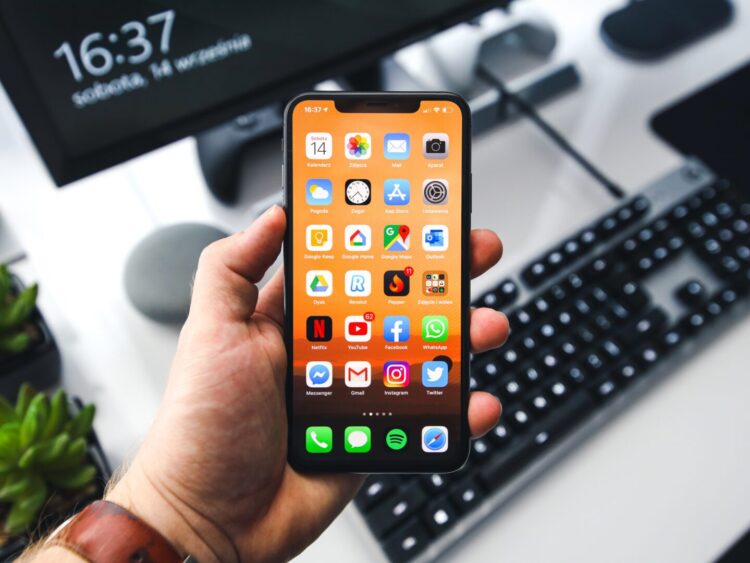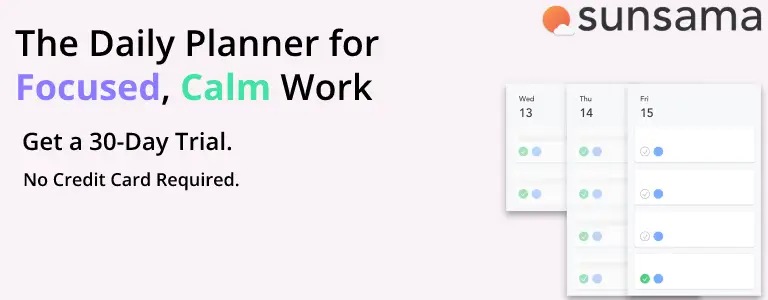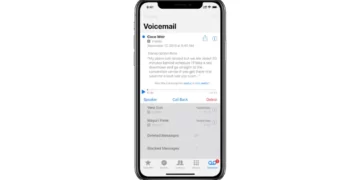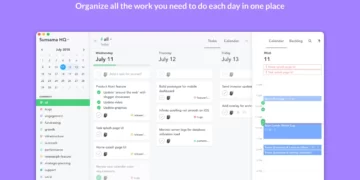App background refresh is a feature that allows apps to update their content in the background, even when they are not actively being used. This feature ensures that the app is always up to date and ready for use whenever the user opens it. In this article, we will explore what app background refresh is, how it works, and its importance in enhancing the user experience.
What is app background refresh?
App background refresh is a functionality that enables apps to fetch new content and update their data in the background, without requiring the user to manually open the app. It allows apps to stay updated and deliver the latest information to the user, ensuring a seamless experience.
Importance of app background refresh
App background refresh plays a crucial role in enhancing the user experience by ensuring that apps are always up to date. It allows users to have the latest information at their fingertips, without the need to wait for the app to load or manually refresh the content. This feature is particularly useful for apps that rely on real-time data, such as news apps, social media platforms, and weather apps.
How does app background refresh work?
App background refresh works by periodically waking up the app in the background and allowing it to update its content. When the device is connected to Wi-Fi or cellular data, the app can fetch new data, refresh its interface, and perform any necessary background tasks. This ensures that the app is always ready for use and provides the most recent information to the user.
Benefits of app background refresh
- Improved user experience: With app background refresh, users can have the latest information available to them without the need to manually open the app. This saves time and provides a seamless experience.
- Real-time updates: Apps that rely on real-time data, such as news or stock market apps, can provide up-to-the-minute information to users through app background refresh. This ensures that users are always informed and can make timely decisions.
- Reduced loading times: By updating content in the background, app background refresh reduces the loading times when the user opens the app. This allows for a smoother and faster user experience.
- Offline access: App background refresh can also enable apps to download content in the background, allowing users to access it even when they are offline. This is particularly useful for apps that provide offline reading or access to downloaded files.
Common misconceptions about app background refresh
- App background refresh consumes a lot of battery: While app background refresh does consume some battery, modern devices are optimized to manage power usage efficiently. The impact on battery life is minimal, especially when compared to the benefits it provides.
- App background refresh uses a lot of data: App background refresh only uses data when the device is connected to Wi-Fi or cellular data. It is designed to minimize data usage and prioritize important updates.
How to enable/disable app background refresh
To enable or disable app background refresh on your device, follow these steps:
- iOS devices: Go to Settings > General > Background App Refresh. Here, you can choose to enable or disable background app refresh for individual apps or for all apps.
- Android devices: Go to Settings > Apps & notifications > Advanced > Special app access > Battery optimization. From here, you can select the app you want to manage and choose whether to allow or restrict background activity.
Managing app background refresh on iOS devices
On iOS devices, you can manage app background refresh by following these steps:
- Enable/disable background app refresh: Go to Settings > General > Background App Refresh. Here, you can toggle the switch to enable or disable background app refresh for all apps.
- Manage individual app settings: You can also manage background app refresh settings for individual apps. Simply scroll down the list and toggle the switch next to each app to enable or disable background app refresh.
Managing app background refresh on Android devices
On Android devices, you can manage app background refresh by following these steps:
- Enable/disable background activity: Go to Settings > Apps & notifications > Advanced > Special app access > Battery optimization. Here, you can select the app you want to manage and choose whether to allow or restrict background activity.
- Manage individual app settings: You can also manage background activity settings for individual apps. Simply scroll down the list and select the app you want to manage. From there, you can choose whether to allow or restrict background activity.
Common misconceptions about app background refresh
Best practices for app background refresh
To make the most out of app background refresh, consider the following best practices:
- Optimize data usage: Apps should prioritize important updates and minimize data usage during background refresh. This can be achieved by fetching only necessary data and compressing content when possible.
- Manage battery usage: Apps should be mindful of battery consumption during background refresh. They should use power-efficient algorithms and limit resource-intensive tasks to ensure a minimal impact on battery life.
Impact of app background refresh on battery life
App background refresh does consume some battery, but the impact is minimal. Modern devices are designed to manage power usage efficiently, and the benefits of app background refresh outweigh the slight increase in battery consumption.
Conclusion
App background refresh is a valuable feature that enhances the user experience by keeping apps up to date and providing real-time information. By enabling app background refresh and managing its settings, users can enjoy the benefits of timely updates and a seamless app experience.
FAQs
What is app background refresh?
App background refresh is a feature that allows apps to update their content in the background, even when they are not actively being used. This feature ensures that the app is always up to date and ready for use whenever the user opens it.
How does app background refresh work?
App background refresh works by periodically waking up the app in the background and allowing it to update its content. When the device is connected to Wi-Fi or cellular data, the app can fetch new data, refresh its interface, and perform any necessary background tasks. This ensures that the app is always ready for use and provides the most recent information to the user.
What is the importance of app background refresh?
App background refresh plays a crucial role in enhancing the user experience by ensuring that apps are always up to date. It allows users to have the latest information at their fingertips, without the need to wait for the app to load or manually refresh the content. This feature is particularly useful for apps that rely on real-time data, such as news apps, social media platforms, and weather apps.
What are the benefits of app background refresh?
The benefits of app background refresh include improved user experience, real-time updates, reduced loading times, and offline access. With app background refresh, users can have the latest information available to them without the need to manually open the app. Apps that rely on real-time data can provide up-to-the-minute information. By updating content in the background, app background refresh reduces loading times and allows for a smoother user experience. It also enables apps to download content in the background, allowing users to access it even when they are offline.
What are some common misconceptions about app background refresh?
Some common misconceptions about app background refresh are that it consumes a lot of battery and uses a lot of data. While app background refresh does consume some battery, modern devices are optimized to manage power usage efficiently. The impact on battery life is minimal. App background refresh only uses data when the device is connected to Wi-Fi or cellular data and is designed to minimize data usage.
How can app background refresh be enabled or disabled?
To enable or disable app background refresh on iOS devices, go to Settings > General > Background App Refresh. Here, you can choose to enable or disable background app refresh for individual apps or for all apps. On Android devices, go to Settings > Apps & notifications > Advanced > Special app access > Battery optimization. From here, you can select the app you want to manage and choose whether to allow or restrict background activity.
What are the best practices for app background refresh?
The best practices for app background refresh include optimizing data usage and managing battery usage. Apps should prioritize important updates and minimize data usage during background refresh. They should also be mindful of battery consumption and use power-efficient algorithms to ensure a minimal impact on battery life.
What is the impact of app background refresh on battery life?
App background refresh does consume some battery, but the impact is minimal. Modern devices are designed to manage power usage efficiently, and the benefits of app background refresh outweigh the slight increase in battery consumption.














